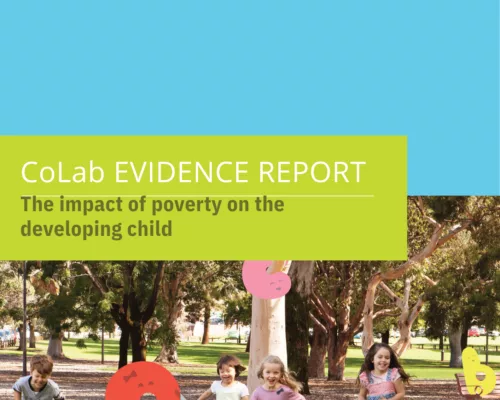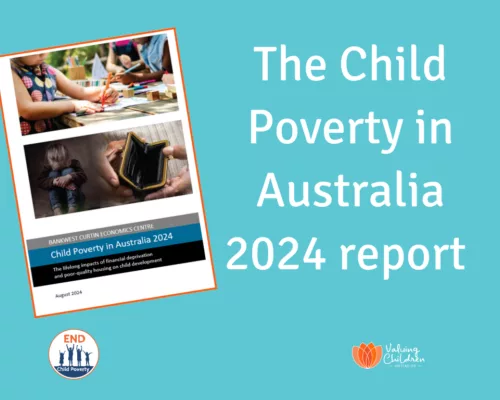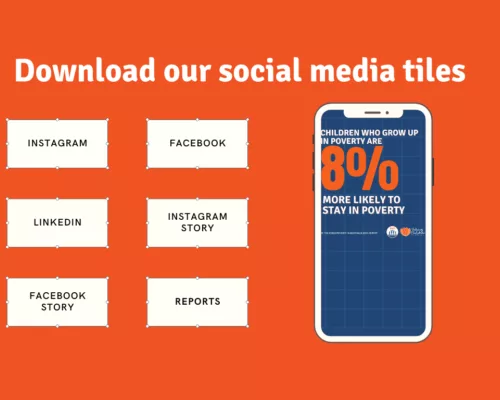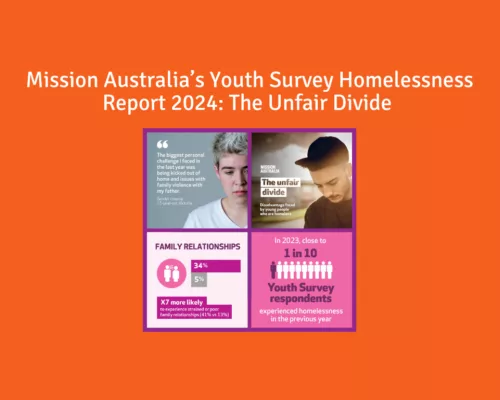Executive summary
"The Foodbank Hunger Report 2024 explores the current hunger situation in Australia, including those Australian households most affected, groups where improvements have been made, and others that are falling further behind. Australia has been grappling with a growing food security crisis in recent years, as highlighted by the Foodbank Hunger Reports for 2022 and 2023. The primary driver was the rising cost of living, particularly for food, energy, and housing, as well as natural disasters, inadequate income support, unemployment and underemployment and the lingering effects of the COVID-19 pandemic. Nearly 2 million Australian households (19%) have still experienced severe food insecurity in the past 12 months. The increased demand for food relief experienced by Foodbanks in the past year is evidence of the persistent struggle of these families. The food insecurity situation in some Australian households has shown signs of improvement, with the proportion of households experiencing either severe or moderate food insecurity decreasing from 36% in 2023 to 32% in 2024. This aligns with a slight upturn in the overall economic outlook, with inflation rates slowing and the cash rate remaining unchanged since November 2023.Worry about food affordability remains a constant among severely food-insecure households, with 97% concerned about running out of food before having enough money to buy more, and 93% unable to afford balanced meals. These households also face challenges such as actually running out of food (79%), skipping meals or cutting meal sizes (97%), and adults not eating for a whole day due to affordability (50%).There are groups that are at greater risk of food insecurity than the general population, in particular, low-income households (below $30,000), those in regional areas and single parent households (69% experiencing food insecurity, 41% severe).Cost of living continues to be the main contributor to food insecurity, with 82% of food insecure households citing high or increased living expenses as a factor. Australian households manage this cost-of-living situation by saving on everyday essentials, planning meals ahead, and reducing discretionary spending on eating out.A positive outcome seen in 2024 is the significant increase in awareness of food relief services, with 47% of Australians knowing where to get support if they couldn't afford enough food, compared to 34% in 2023. However, the proportion of food-insecure households accessing formal food relief remained relatively steady from 2023, with fear of social stigma being the main barrier (48%). This suggests that there is room for improvement in terms of reducing the stigma associated with access to formal food relief and support services. Another change seen in 2024 is the significant increase seen in awareness and participation in School Breakfast Programs among households with school-aged children. Among Australian households with school aged children, 38% of food insecure and 27% of food secure households participate in the School Breakfast Program at their children’s school. These programs are particularly beneficial for food-insecure households, helping to ease household budgets, while also providing socialisation opportunities for children. However, fear of social stigma is also one of the main barriers to participation among food insecure households. While the food insecurity situation for some in Australia has shown slight improvement, many households still face significant challenges. Continued support from food relief organisations and school food programs providing food relief services and support in a way that is comfortable, dignified and easily accessible for Australians is crucial, along with efforts to increase awareness and understanding of how to access available assistance"
Source - Hunger Report 2024




